Objectives
The U.S. Animal Movement Model (USAMM) and Disease Outbreak Simulation (USDOS) were developed through an international collaboration with funding from the United States Department of Agriculture and the Department of Homeland Security.
The United States does not track individual livestock movements, therefore there is a need to characterize livestock shipments at the national scale in the U.S. USAMM provides estimates of the number of cattle or swine shipments between any two counties in the contiguous United States and includes estimates of uncertainty in the predictions. USDOS is a national scale, premises-level simulation model that uses original algorithms to produce outputs very quickly even at large spatial scales. USDOS incorporates both local and long-range transmission together with multiple response options. USDOS has relatively few parameters so that sensitivity of model outputs to changes in parameters can be fully investigated. The model can run using demographic information from any country together with appropriate shipping data and/or local spread transmission. Inquiries about current work on this project may be directed to Lindsay Beck-Johnson at L.Beck-Johnson@colostate.edu
This web site is planned for use by both management and field personnel and disease modelers. This web site contains high-level descriptions of project deliverables, visualization tools, downloadable model predictions that can be ported into users own tools/systems, supporting publications with technical details, freely available downloadable code and user-guides.
Philosophy
Our overall modeling philosophy has three main components:
- Strongly data-based modeling: Increases the relevance of the models to applied questions
- Close working relationship with state and government agencies: Informs model structures and capabilities to handle realistic scenarios
- Parsimonious modeling choices whenever possible: Enhances validation and sensitivity analysis by using fewer, better-informed parameters, optimizes tradeoffs among applied needs, available data and modeling techniques.
People
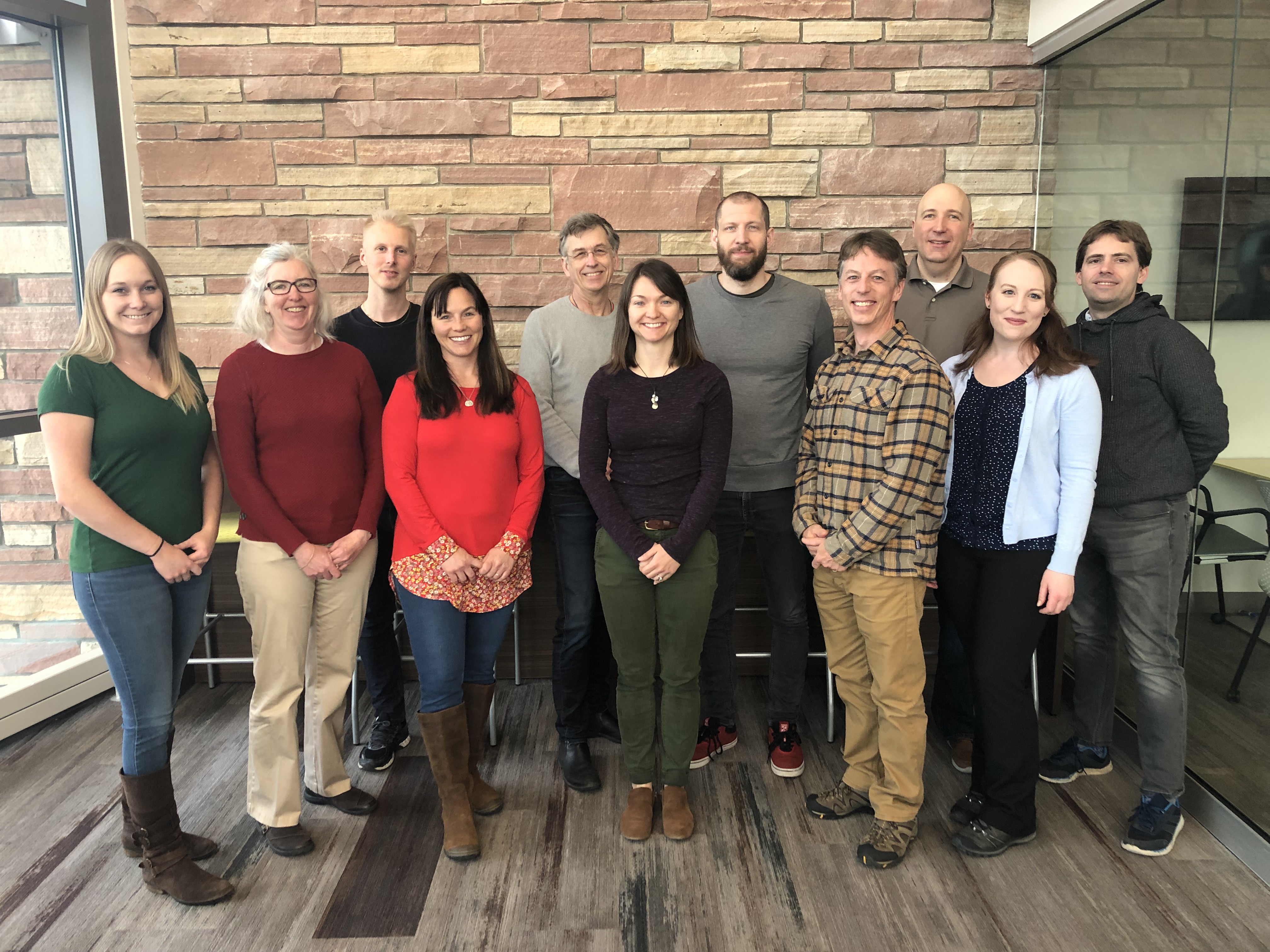
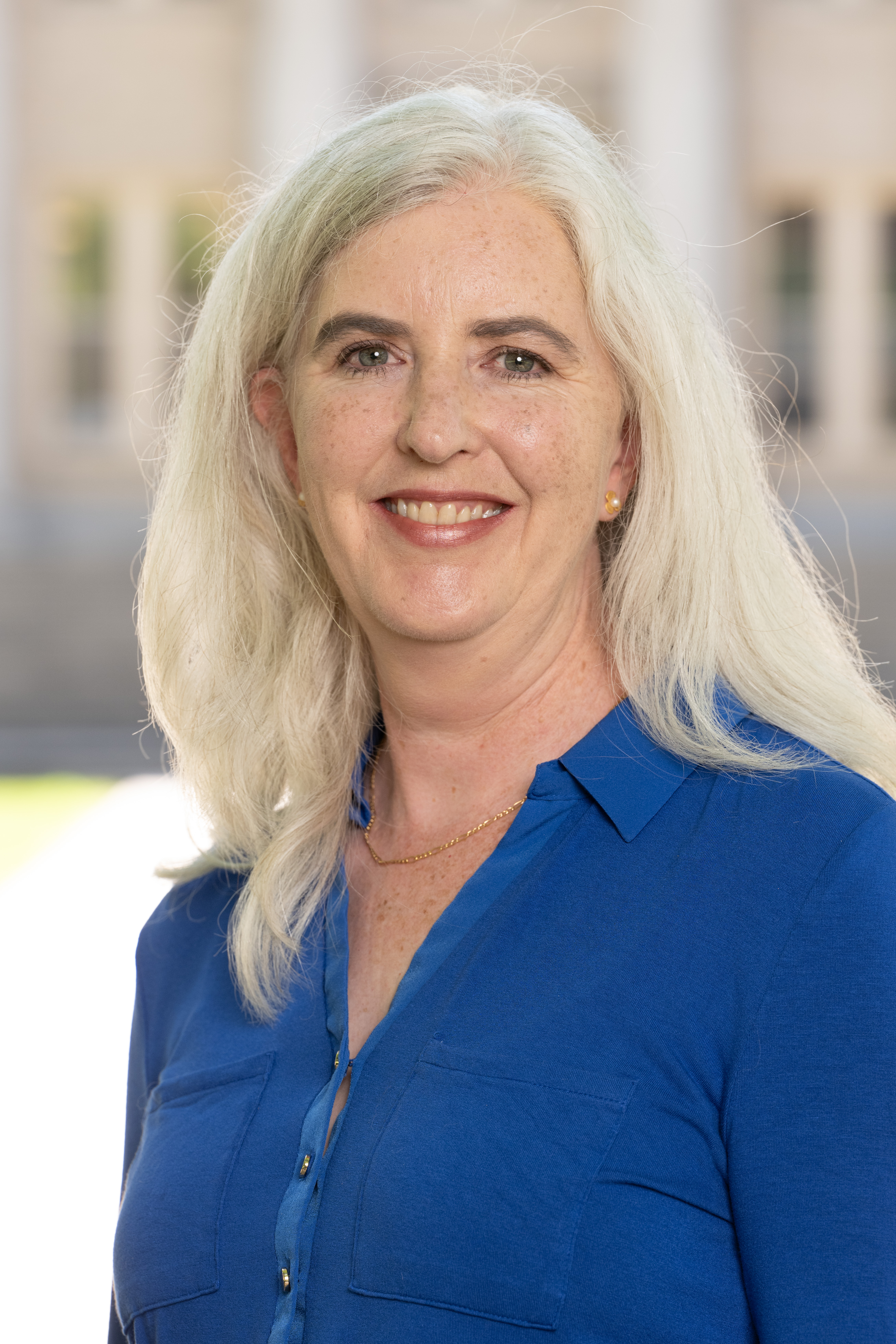 |
Colleen Webb - Title: Vice Provost for Graduate Affairs and Dean of the Graduate School; Professor Affiliations: Colorado State University, Graduate School; Department of Biology Role: Principal Investigator Contact info: colleen.webb@colostate.edu |
 |
Uno Wennergren - Title: Professor Affiliations: Linköping University, Department of Physics, Chemistry, and Biology Role: Principal Investigator Contact info: uno.wennergren@liu.se |
 |
Michael J. Tildesley - Title: Professor Affiliations: University of Warwick Role: Principal Investigator Contact info: m.j.tildesley@warwick.ac.uk |
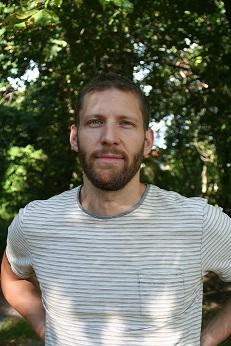 |
Tom Lindström - Title: Associate Professor Affiliations: Linköping University, Department of Physics, Chemistry, and Biology Role: Principal Investigator Contact info: tom.lindstrom@liu.se |
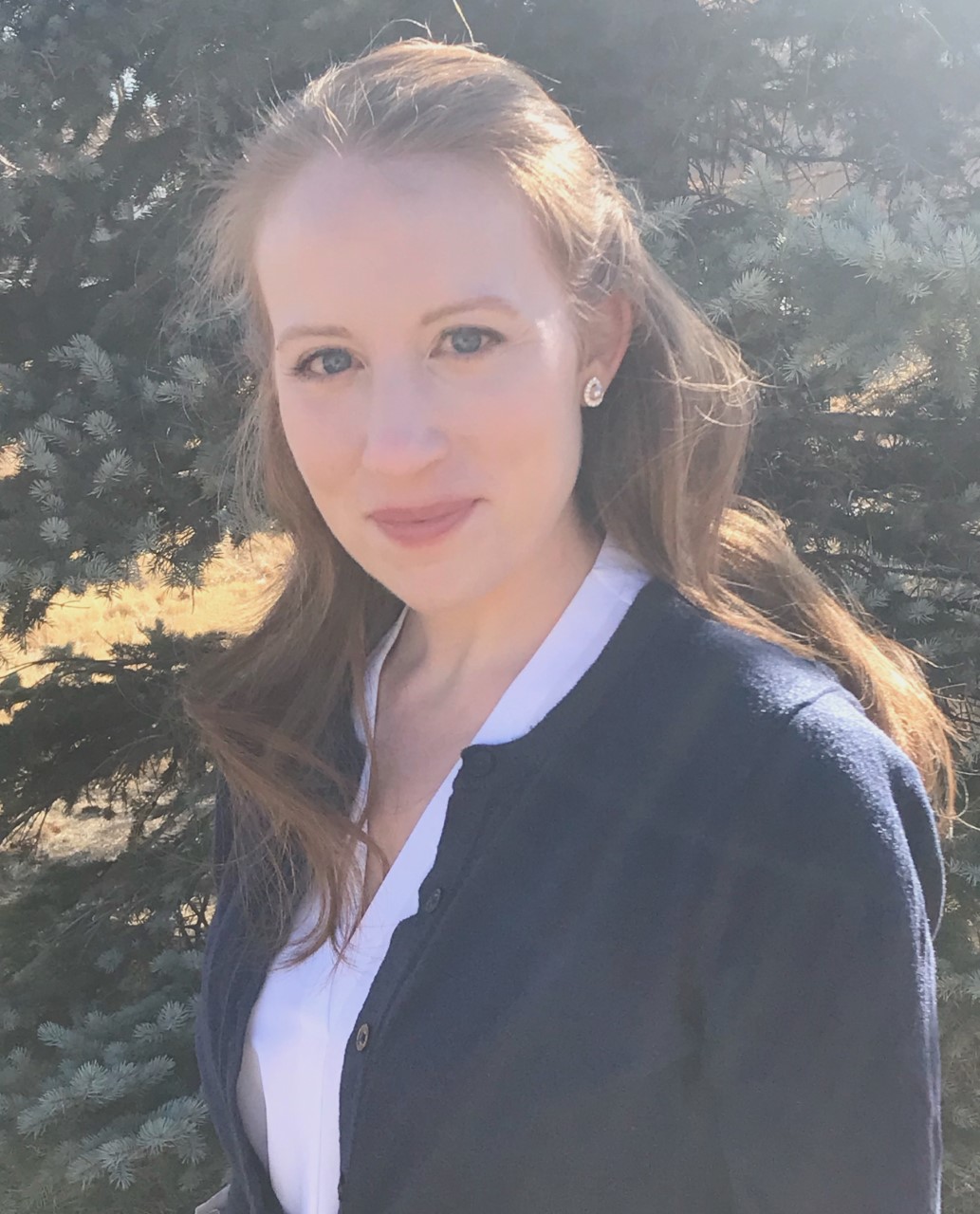 |
Lindsay Beck-Johnson - Title: Research Scientist III Affiliations: Colorado State University, Department of Biology Role: Principal Investigator Contact info: l.beck-johnson@colostate.edu |
 |
Stefan Sellman - Title: Principal Research Engineer Affiliations: Linköping University, Department of Physics, Chemistry, and Biology Role: Principal Investigator Contact info: stefan.sellman@liu.se |
 |
Peter Brommesson - Title: PhD Affiliations: Linköping University, Department of Physics, Chemistry, and Biology Role: Senior Personnel Contact info: peter.brommesson@liu.se |
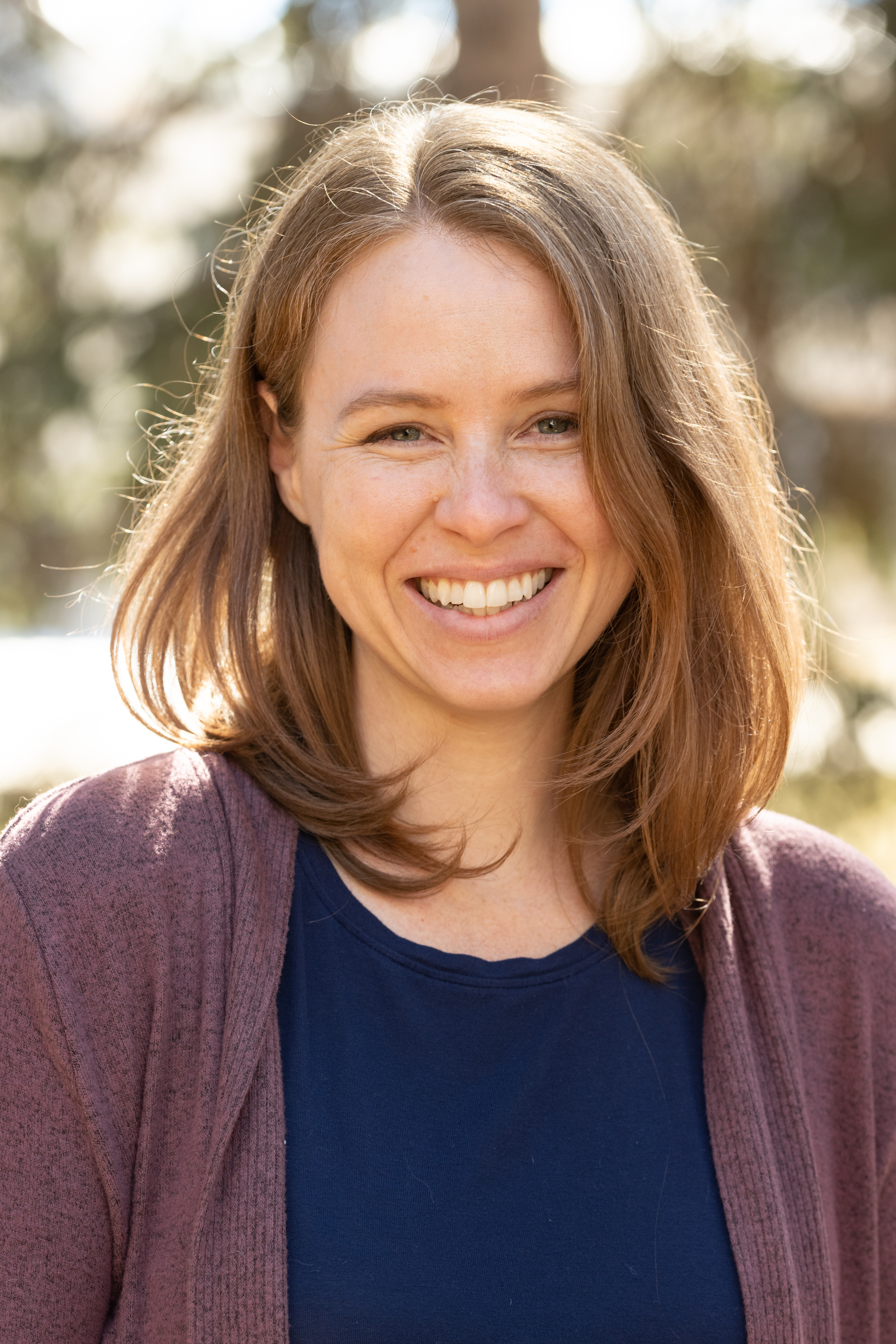 |
Brooke Berger - Title: Postdoctoral Scholar Affiliations: Colorado State University, Department of Biology Role: Personnel Contact info: brooke.berger@colostate.edu |
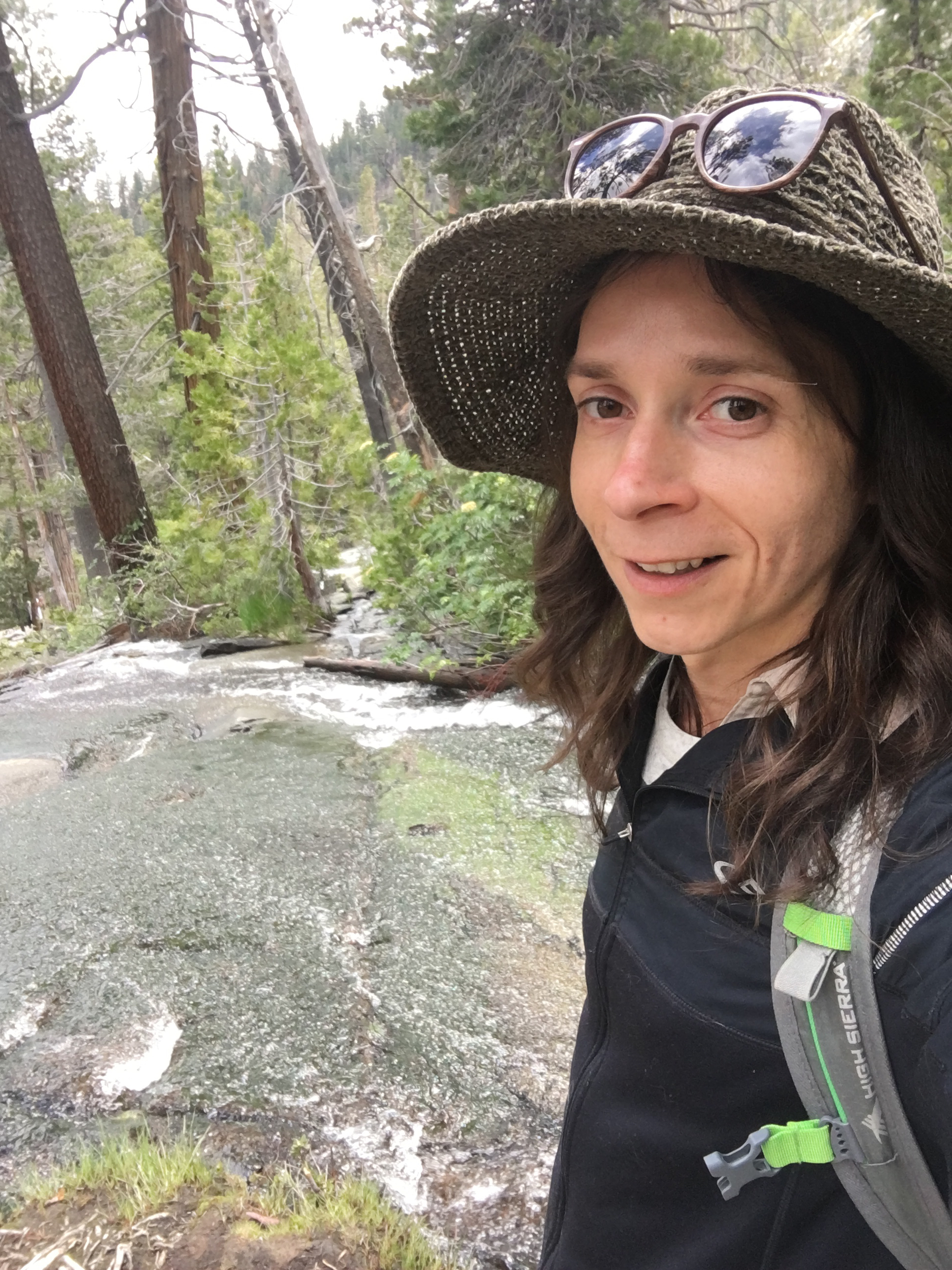 |
Jonathan Bertram - Title: Research Associate Affiliations: Colorado State University, Department of Biology Role: Personnel Contact info: jh.bertram@colostate.edu |
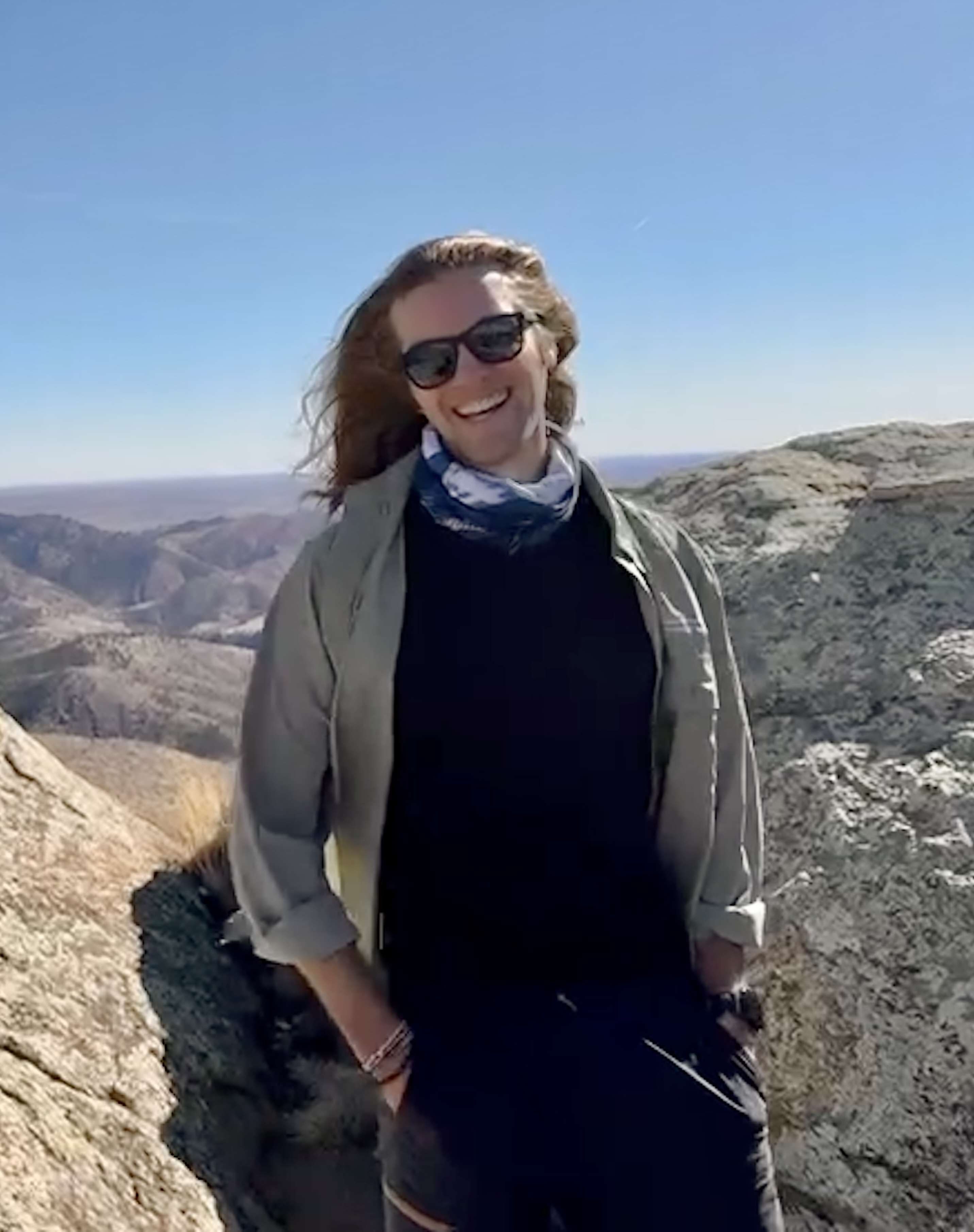 |
Christopher Brandon - Title: PhD Student Affiliations: Colorado State University, Department of Biology Role: Personnel Contact info: christopher.brandon@colostate.edu |
 |
Michael Buhnerkempe - Title: Research Assistant Professor Affiliations: Southern Illinois University School of Medicine Role: Senior Personnel Contact info: mbuhnerkempe66@siumed.edu |
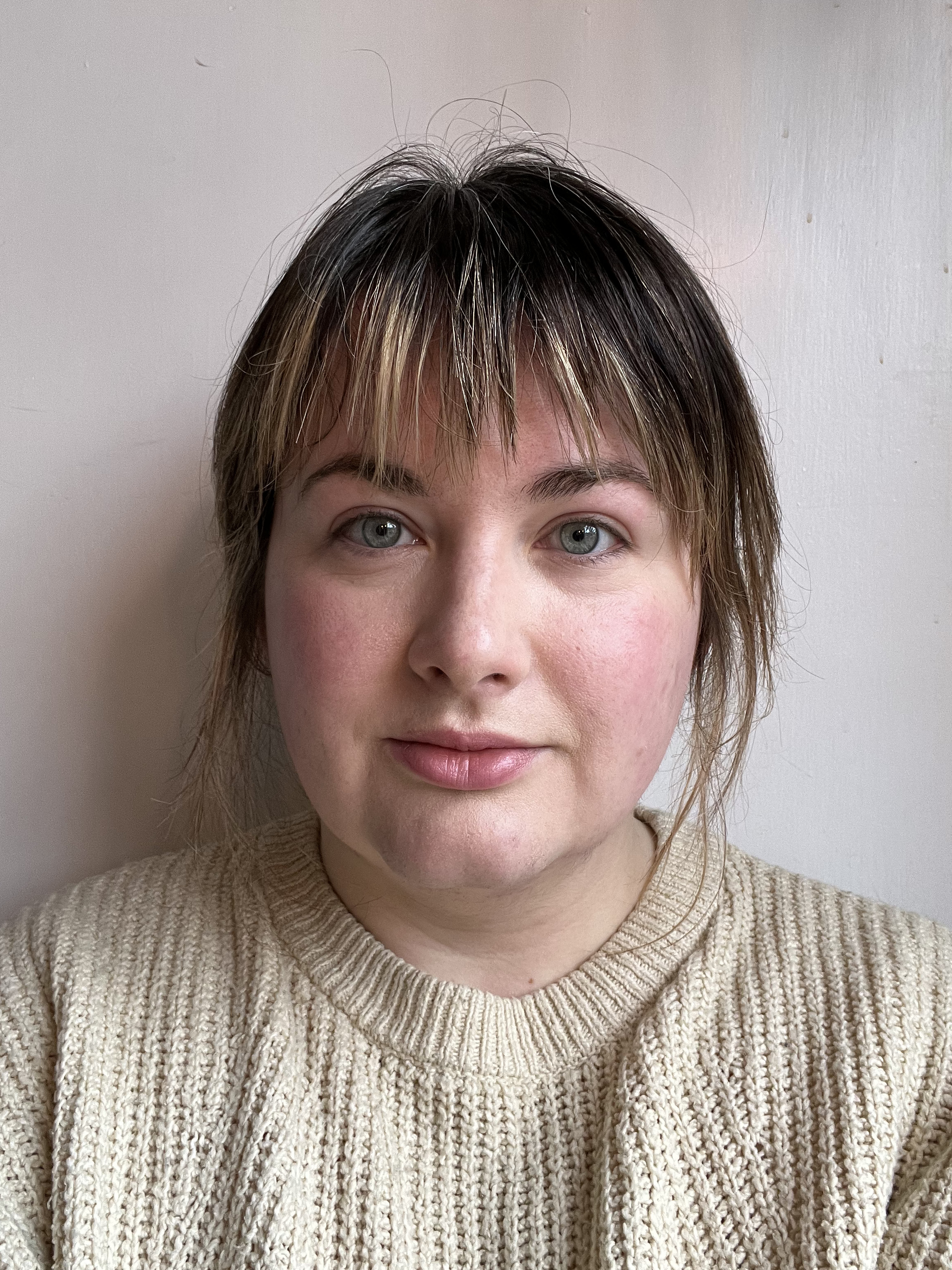 |
Dominika Dec Peevey - Title: Research Associate Affiliations: Colorado State University, Department of Biology Role: Personnel Contact info: Dominika.Peevey@colostate.edu |
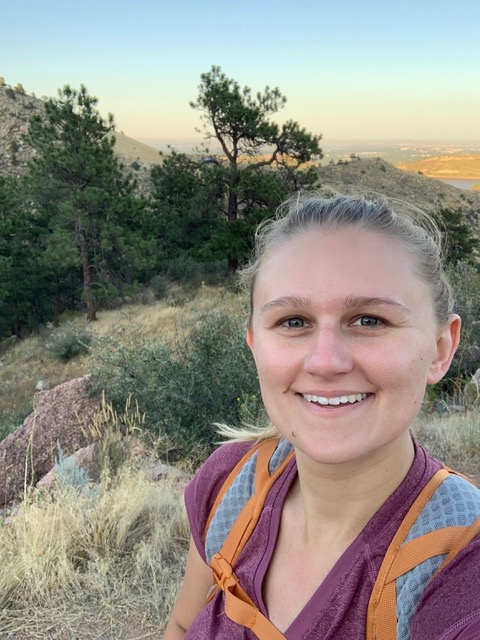 |
Kendra Gilbertson - Title: PhD Candidate Affiliations: Colorado State University, Department of Biology Role: Personnel Contact info: Kendra.Gilbertson@colostate.edu |
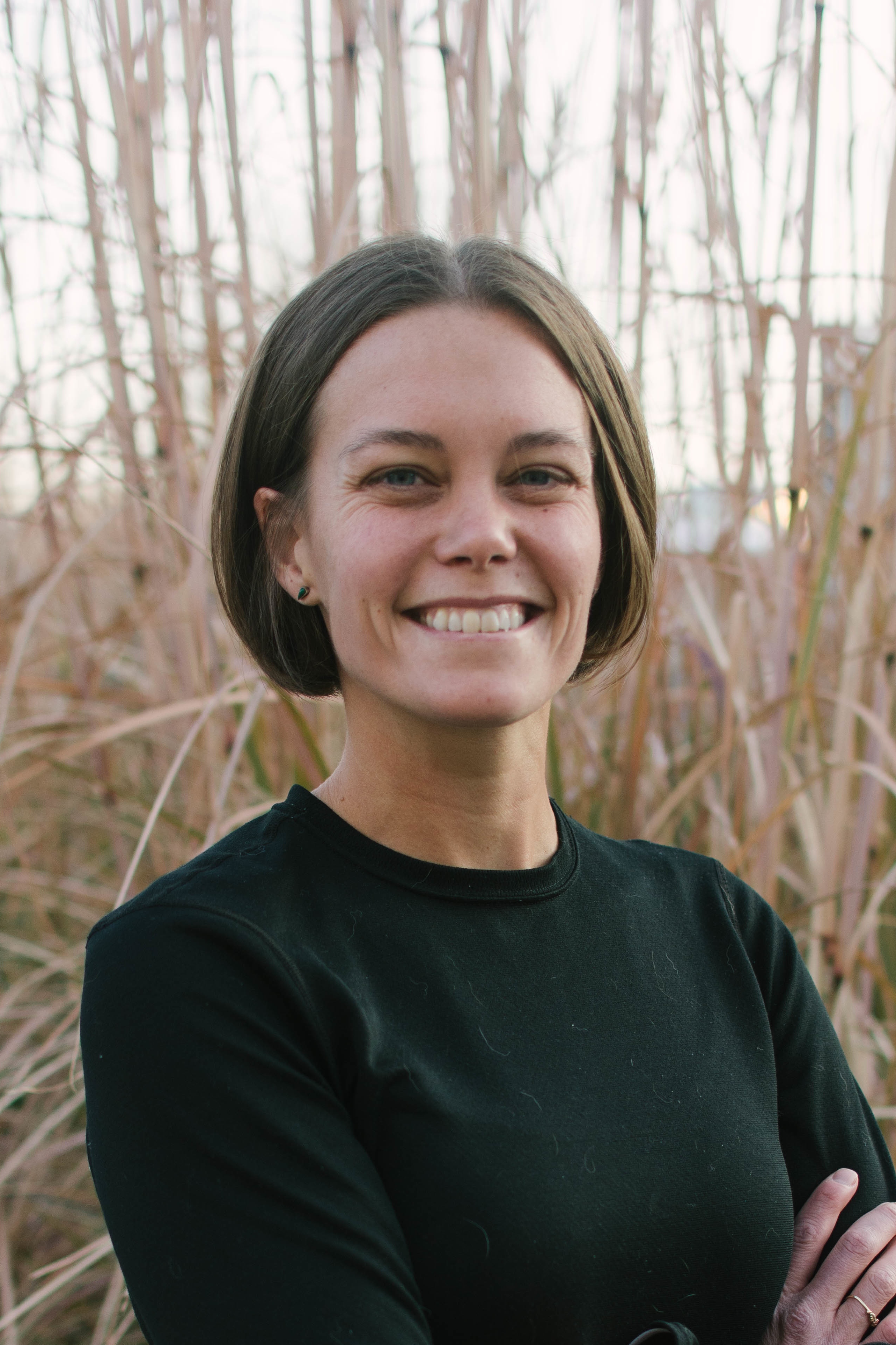 |
Erin Gorsich - Title: Associate Professor Affiliations: University of Warwick, School of Life Sciences Role: Senior Personnel Contact info: https://warwick.ac.uk/fac/sci/lifesci/people/egorsich/ |
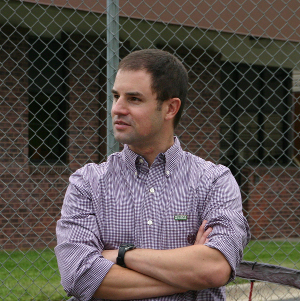 |
Daniel Grear - Title: Wildlife Disease Ecologist Affiliations: USGS National Wildlife Health Center Role: Senior Personnel Contact info: https://www.usgs.gov/staff-profiles/daniel-a-grear |
 |
Clayton Hallman - Title: Mathematical Statistician Affiliations: USDA Animal and Plant Health Inspection Service Role: Agency Technical Expert Contact info: clayton.n.hallman@aphis.usda.gov |
 |
Catherine M. Herzog - Title: Data Scientist Affiliations: CDC Center for Forecasting and Outbreak Analytics, Colorado State University, Department of Biology Role: Personnel Contact info: catherine.herzog@colostate.edu |
 |
Ryan Miller - Title: Senior Ecologist Affiliations: USDA Animal and Plant Health Inspection Service Role: Agency Lead Contact info: ryan.s.miller@aphis.usda.gov |
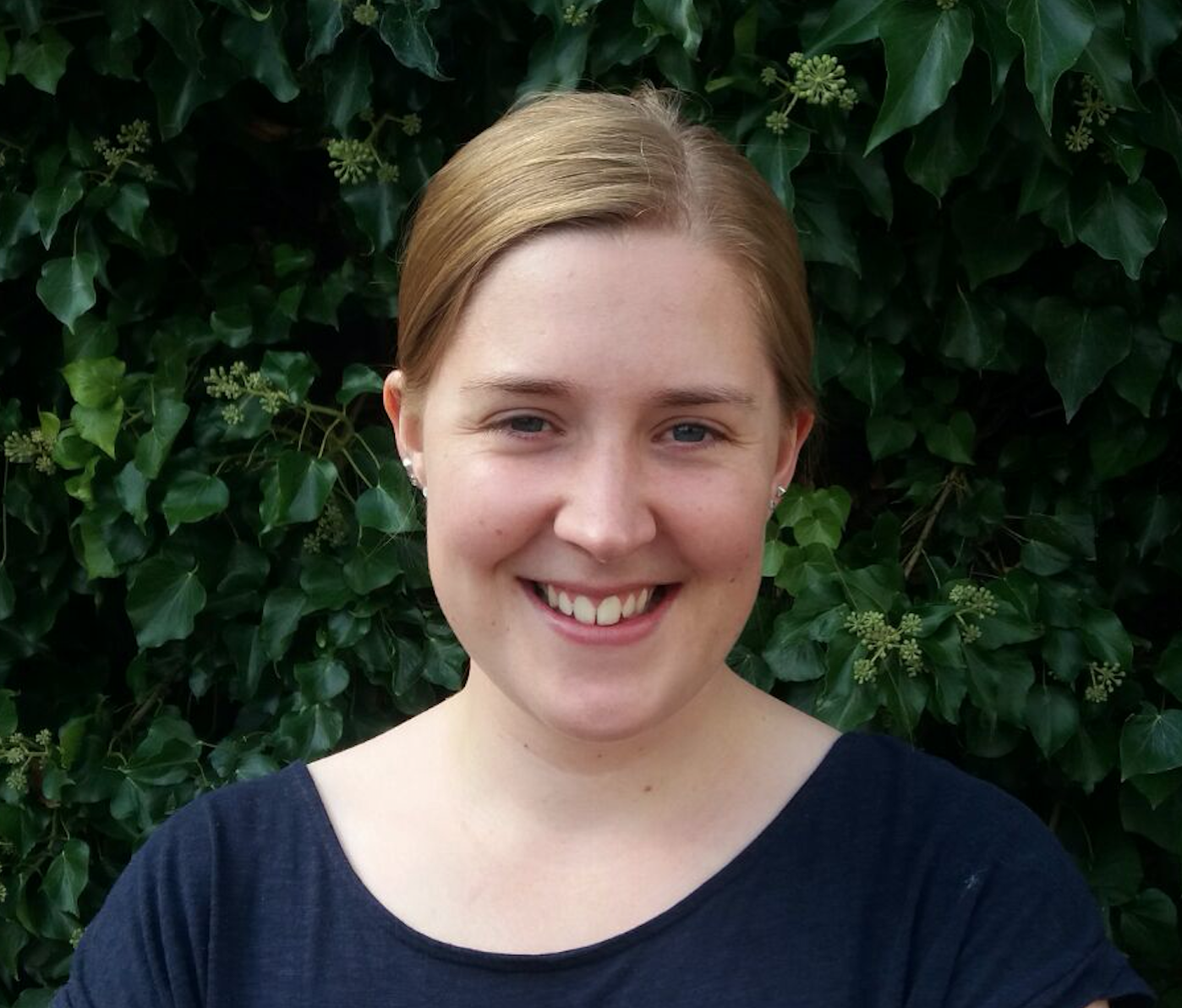 |
Amanda Minter - Title: Infectious Disease Modeling Consultant Affiliations: Equations of Disease C.I.C. Role: Senior Personnel Contact info: amanda@equationsofdisease.com www.equationsofdisease.com |
 |
Deedra Murrieta - Title: Biological Science Information Specialist Affiliations: USDA Animal and Plant Health Inspection Service Role: Senior Personnel Contact info: deedra.murrieta@gmail.com |
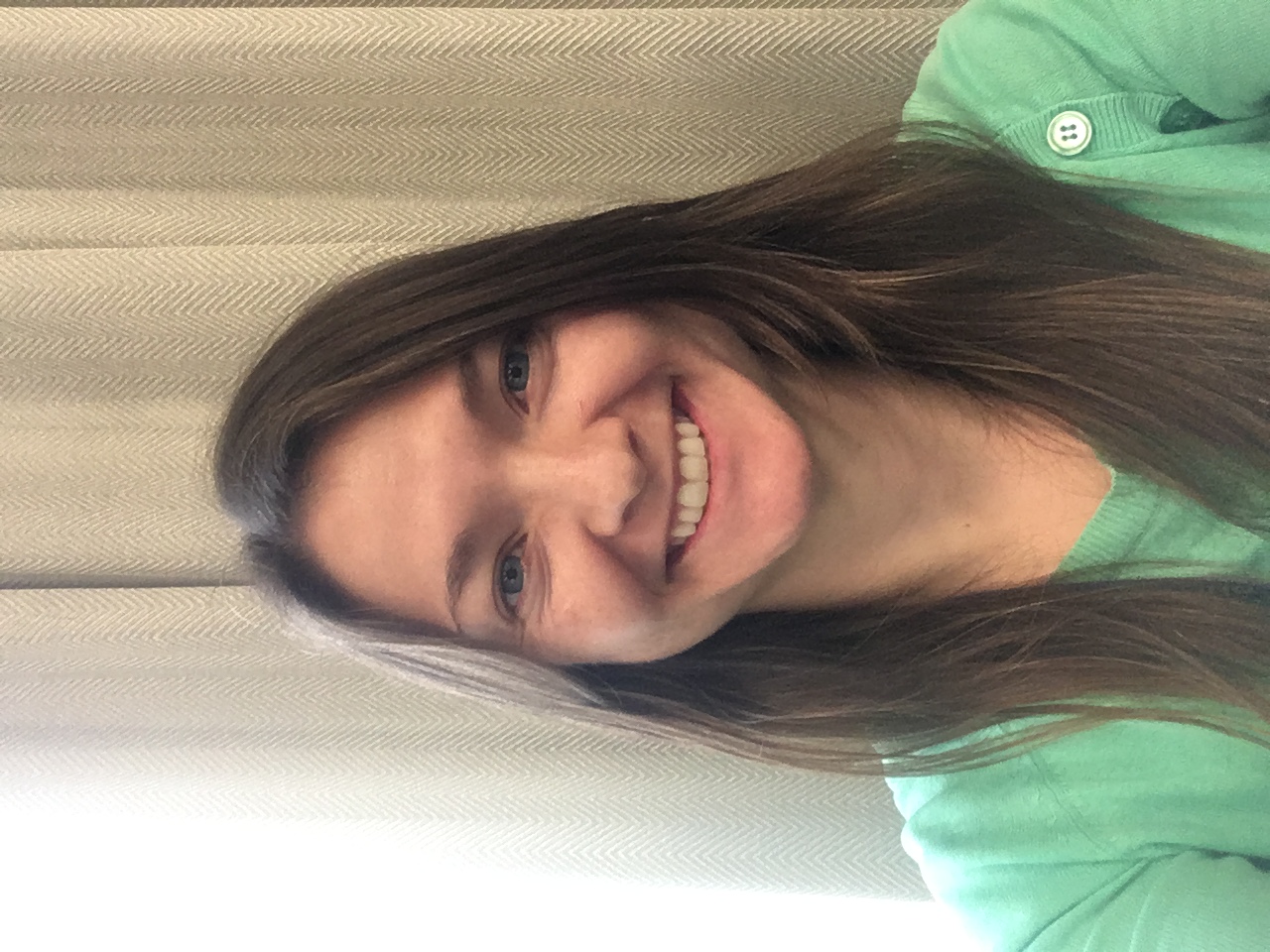 |
Katie Owers Bonner - Title: Public Health Emergency Preparedness Surveillance Program Manager Affiliations: New Hampshire Department of Health and Human Services Role: Senior Personnel Contact info: owersk@gmail.com |
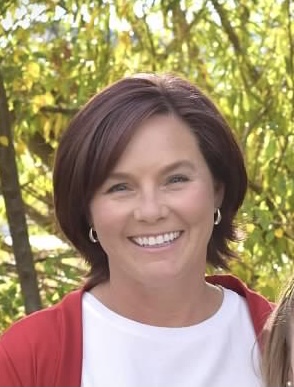 |
Katie Portacci - Title: Veterinary Epidemiologist Affiliations: USDA Animal and Plant Health Inspection Service Role: Agency Lead Contact info: Katie.Portacci@aphis.usda.gov |
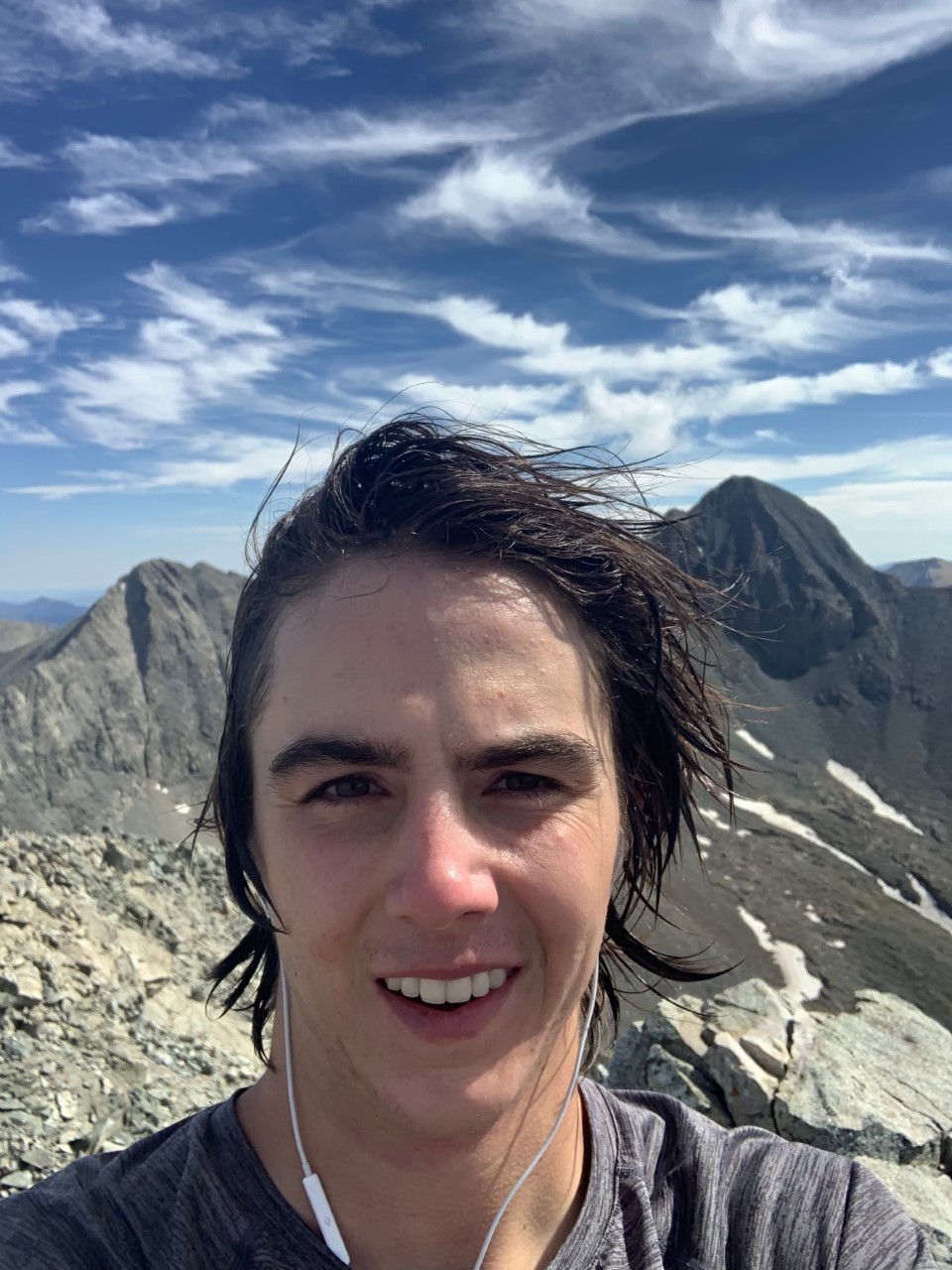 |
Brandon Simony - Title: PhD Candidate Affiliations: Pennsylvania State University, Department of Biology Role: Personnel Contact info: |
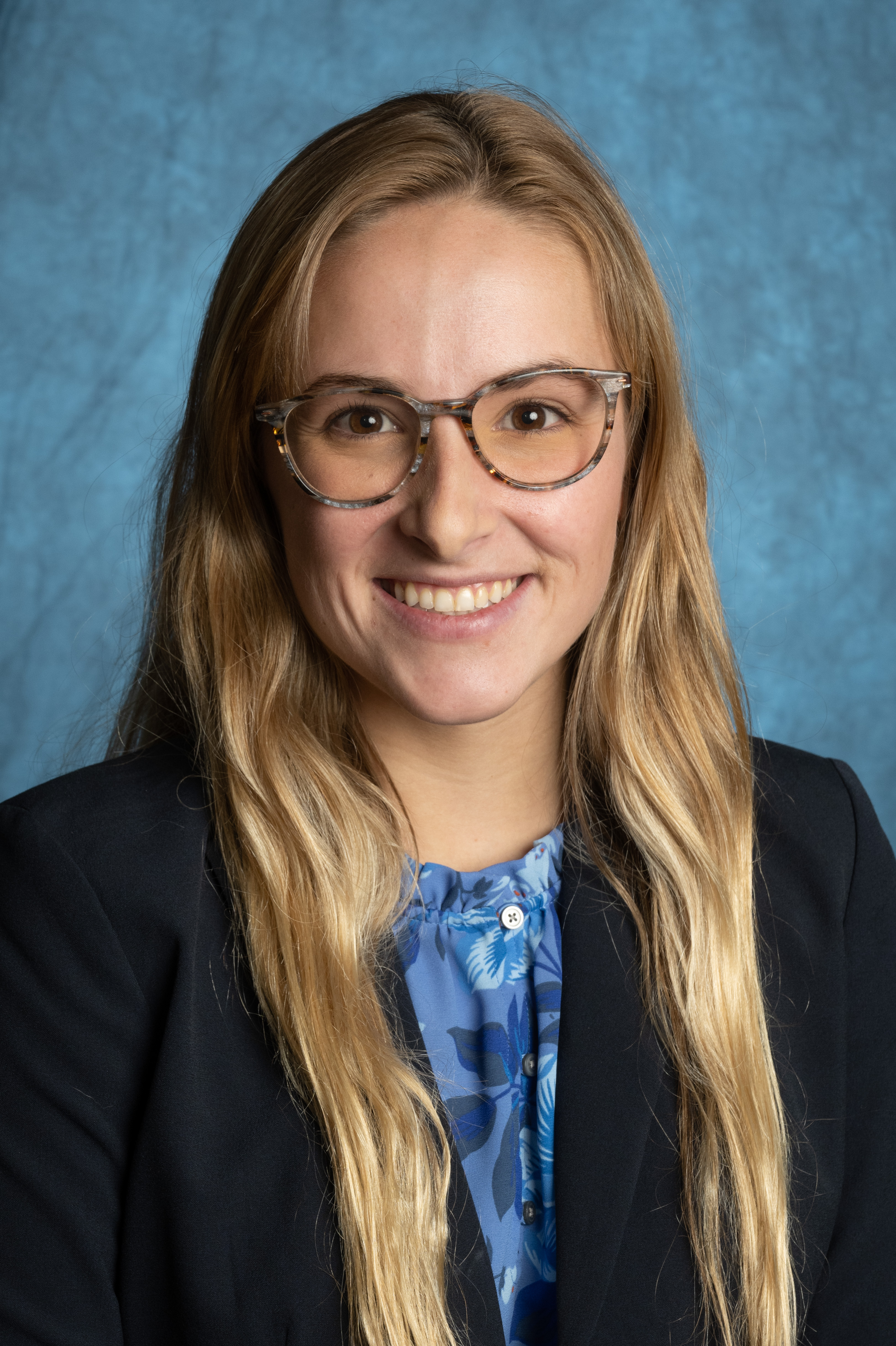 |
Lauren Smith - Title: Research Associate Affiliations: USDA Role: Personnel Contact info: Lauren.E.Smith@colostate.edu |
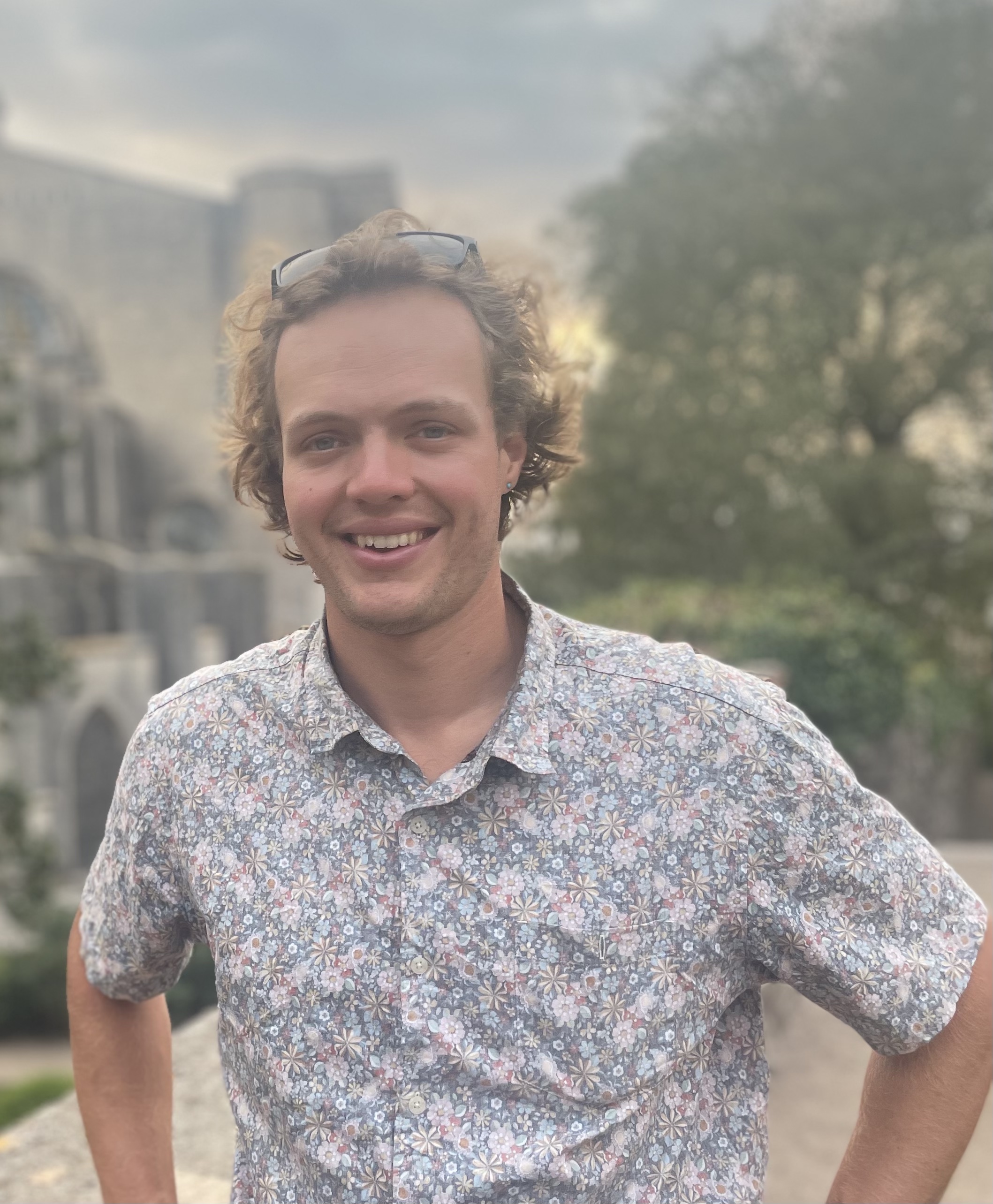 |
Sam Smith - Title: Research Associate II Affiliations: Colorado State University, Department of Biology Role: Personnel Contact info: sm.smith@colostate.edu |
 |
Kim Tsao - Title: Lead Data Scientist for the Chief Data Officer Affiliations: USDA Office of the Chief Information Officer Role: Senior Personnel Contact info: http://www.kimtsao.com |
 |
Marleen Werkman - Title: Research Associate Affiliations: Imperial College London Role: Senior Personnel Contact info: Personal Website |
FAQ
To cite this page: Webb, C.T., Wennergren, U., Lindström, T., Tildesley, M.J., Dewey, T., Beck-Johnson, L.M., Sellman, S., and Leach, C. 2024. U.S. Animal Movement Model and Disease Outbreak Simulation (On-line). Accessed (date) at https://webblabb.github.io/usammusdos
To cite USDOS: Gilbertson, K., Brommesson, P., Minter, A., Hallman, C., Miller, R.S., Portacci, K., Sellman, S., Tildesley, M.J., Webb, C.T., Lindström, T., Beck-Johnson, L.M. 2022. The Importance of Livestock Demography and Infrastructure in Driving Foot and Mouth Disease Dynamics. Life 12 (10)
To cite USAMM-Swine: Sellman, S., Beck-Johnson, L.M., Hallman, C., Miller, R.S., Owers Bonner, K.A., Portacci, P., Webb, C.T., Lindström, T. 2022. Modeling Nation-Wide U.S. Swine Movement Networks at the Resolution of the Individual Premises. Epidemics 41 (December)
To cite USAMM-Cattle: Sellman, S., Beck-Johnson, L.M., Hallman, C., Miller, R.S., Owers Bonner, K.A., Portacci, P., Webb, C.T., Lindström, T. 2022. Modeling U.S. Cattle Movements until the Cows Come Home: Who Ships to Whom and How Many? Computers and Electronics in Agriculture 203 (December)